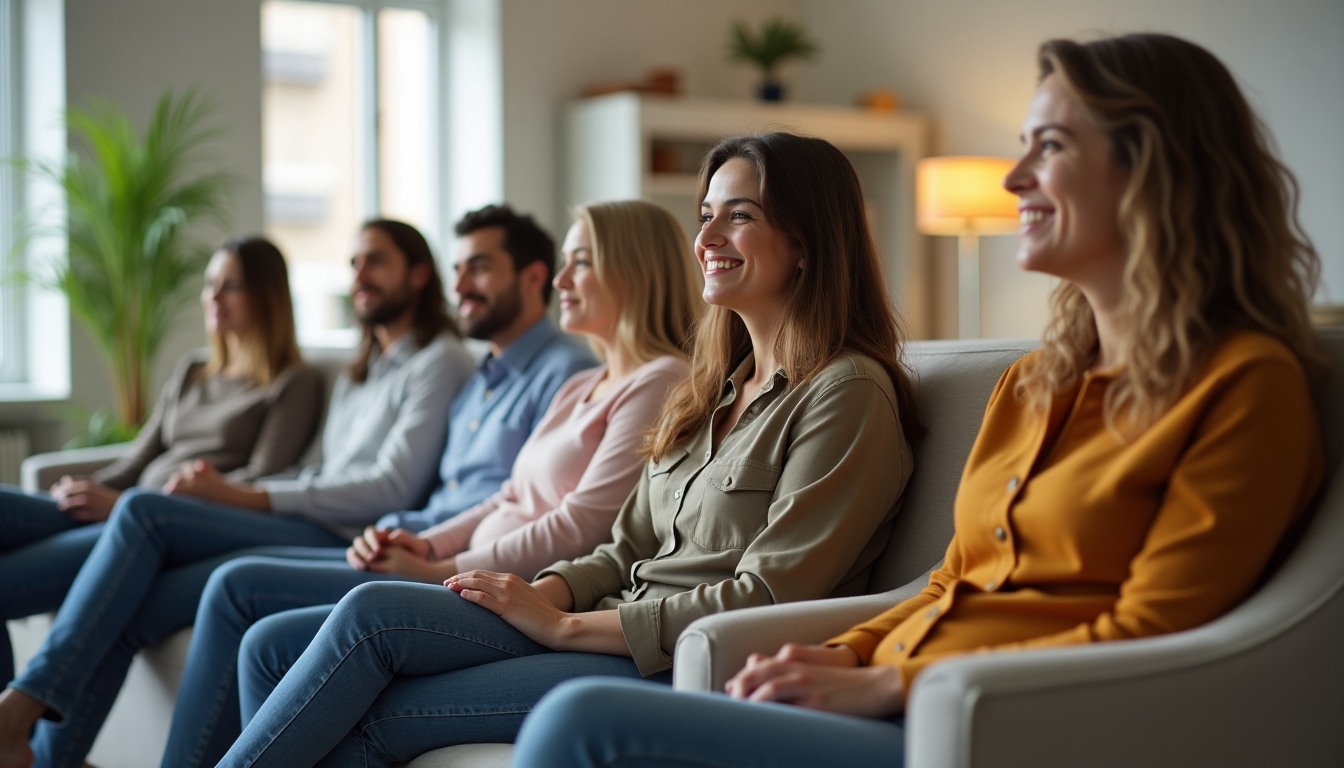Understanding Cryopreservation: A Beginner’s Guide
March 20, 2025, 8:03 a.m.
Overview
Cryopreservation is a groundbreaking technology that allows individuals to preserve their fertility for the future. By freezing eggs, sperm, or embryos, people can ensure that they have the option to have biological children later in life. This is particularly important for LGBTQ+ individuals, who may face unique challenges when it comes to family planning. In this guide, we’ll explore what cryopreservation is, how it works, and why it’s a valuable option for fertility preservation.
What is Cryopreservation?
Cryopreservation is the process of cooling cells, tissues, or organs to very low temperatures to preserve them for future use. In the context of fertility preservation, cryopreservation is used to freeze eggs, sperm, or embryos. This allows individuals to store their reproductive cells for later use, whether that’s due to medical reasons, personal choice, or other factors.
For example, someone undergoing cancer treatment might choose to freeze their eggs or sperm before starting chemotherapy, which can affect fertility. Similarly, LGBTQ+ individuals might opt for cryopreservation to ensure they have the option to have biological children in the future, regardless of their gender identity or sexual orientation.
How Does Cryopreservation Work?
The process of cryopreservation involves several steps to ensure that the cells are preserved effectively. Here’s a simplified overview:
-
Collection: The first step is collecting the reproductive cells. For eggs, this involves ovarian stimulation and egg retrieval. For sperm, it’s a simpler process of providing a sample.
-
Preparation: Once collected, the cells are prepared for freezing. This often involves adding a cryoprotectant, which helps protect the cells from damage during the freezing process.
-
Freezing: The cells are then cooled to very low temperatures, typically using liquid nitrogen. This can be done slowly or rapidly, depending on the type of cell and the specific protocol used.
-
Storage: After freezing, the cells are stored in specialized containers at a temperature of around -196°C. They can remain in this state for many years without significant degradation.
-
Thawing: When the individual is ready to use the preserved cells, they are carefully thawed and prepared for use in fertility treatments, such as in vitro fertilization (IVF).
Benefits of Cryopreservation for Fertility Preservation
Cryopreservation offers several benefits for individuals looking to preserve their fertility:
-
Flexibility: It allows individuals to delay childbearing until they are ready, whether that’s due to career goals, personal circumstances, or medical reasons.
-
Medical Necessity: For those facing treatments that could affect fertility, such as chemotherapy, cryopreservation provides a way to preserve their ability to have biological children.
-
LGBTQ+ Family Planning: For LGBTQ+ individuals, cryopreservation can be a crucial part of family planning. For example, transgender individuals might choose to freeze their eggs or sperm before undergoing hormone therapy or gender-affirming surgery. Same-sex couples might use cryopreserved eggs or sperm in conjunction with surrogacy or IVF to have biological children.
Personal Insights
As someone who has worked in the fertility field, I’ve seen firsthand how cryopreservation can change lives. One story that stands out is that of a young woman who was diagnosed with cancer. Before starting her treatment, she decided to freeze her eggs. Years later, after beating cancer, she was able to use those eggs to have a healthy baby. It was a powerful reminder of how technology can provide hope and options in the face of adversity.
Similarly, I’ve worked with LGBTQ+ individuals who have used cryopreservation to build their families. For many, it’s not just about preserving fertility; it’s about having the freedom to choose how and when to start a family.
Considerations and Consultations
If you’re considering cryopreservation for fertility preservation, it’s important to consult with a fertility specialist. A fertility preservation consultation can help you understand your options, the costs involved, and the likelihood of success. For LGBTQ+ individuals, it’s especially important to find a clinic that is knowledgeable and supportive of diverse family-building needs.
During a consultation, you can expect to discuss:
-
Your Goals: Why you’re considering cryopreservation and what you hope to achieve.
-
Medical History: Any relevant medical conditions or treatments that might affect your fertility.
-
Process and Costs: The steps involved in cryopreservation and the associated costs.
-
Success Rates: The likelihood of successfully using the preserved cells in the future.

Challenges and Considerations
While cryopreservation is a powerful tool, it’s not without its challenges. Some things to consider include:
-
Cost: Cryopreservation and storage can be expensive, and insurance coverage varies.
-
Success Rates: While technology has improved, there’s no guarantee that preserved cells will result in a successful pregnancy.
-
Emotional Impact: The process can be emotionally taxing, especially for those facing medical challenges or navigating complex family planning decisions.
Despite these challenges, many find that the benefits outweigh the drawbacks, especially when it comes to preserving their fertility for the future.

Conclusion
Cryopreservation is a remarkable technology that offers hope and options for those looking to preserve their fertility. Whether you’re facing a medical challenge, planning for the future, or navigating the unique needs of LGBTQ+ family building, cryopreservation can be a valuable tool. By understanding the process, benefits, and considerations, you can make an informed decision about whether it’s the right choice for you.